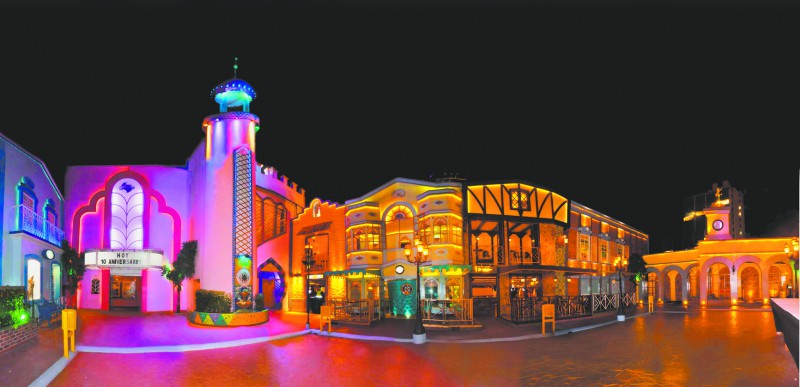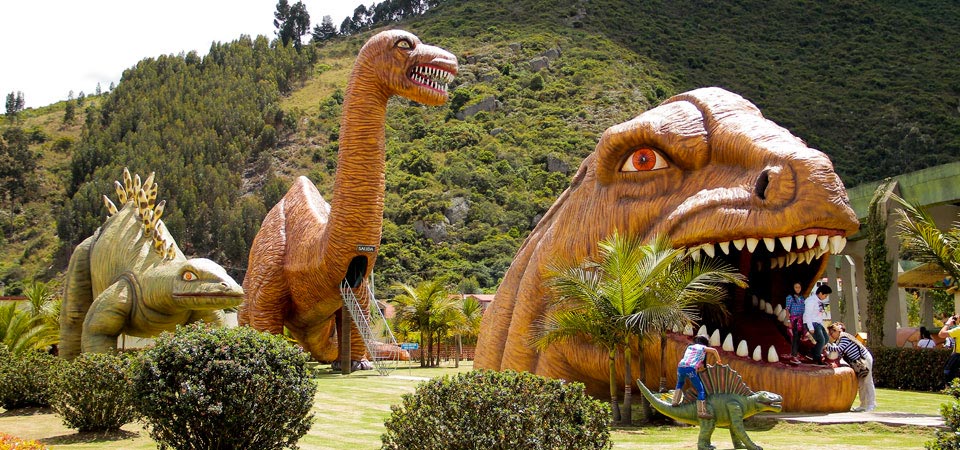
Jaime Dangond Daza, the current Vallenato King
The country’s biggest vallenato festival will celebrate its fiftieth anniversary this year. As the excitement builds, Milagros Oliveros speaks to current Vallenato King Jaime Dangond Daza – a star in his genre and contender for the King of Kings competition.
The mood for the vallenato festival has been set. From the launch event in Bogotá, the notes of the accordions took to the winds, carrying the message to every corner of the country. The biggest celebration of vallenato music is about to begin.
Vallenato music is a great example of the diversity of Latin America. Not only does it bring together three instruments from cultures forced together in times of conquest, but it also reflects the oral traditions of people for whom singing was a cure for sorrow, a form of courtship and celebration.
50 years of vallenato
The 50th version of the Vallenato Festival, will be held in Valledupar from April 26 – 30. It was launched in 1968 by three visionaries, Minister of Cultura Consuelo Araújo Noguera, Colombian president Alfonso López Michelsen, and composer Rafael Escalona Martínez to celebrate the traditions of vallenato.
The music itself has undergone profound changes over the years, with deep lyrics of beautiful simplicity moving way and being replaced by lighter rhythms and choruses that appeal more to the younger public.
Now everyone who is anyone in the vallenato world gathers every year, from composers, to verse creators, singers to accordionists, and caja players to guacharqueros. And every year new vallenato kings are crowned.
Listening to the joyful and sensitive chords of the accordion joined by native guacharaca and the African caja, we start to imagine countrymen travelling on mules in years gone by and singing melodies, telling tales of peasant heros, deaths, natural calamities, loves, and disappointments.
Valle del Cacique Upar, commonly known as Valledupar is the epicenter of the musical genre that was declared an Intangible Cultural Heritage of Humanity by UNESCO. And it is there that vallenato aficionados gather every April.
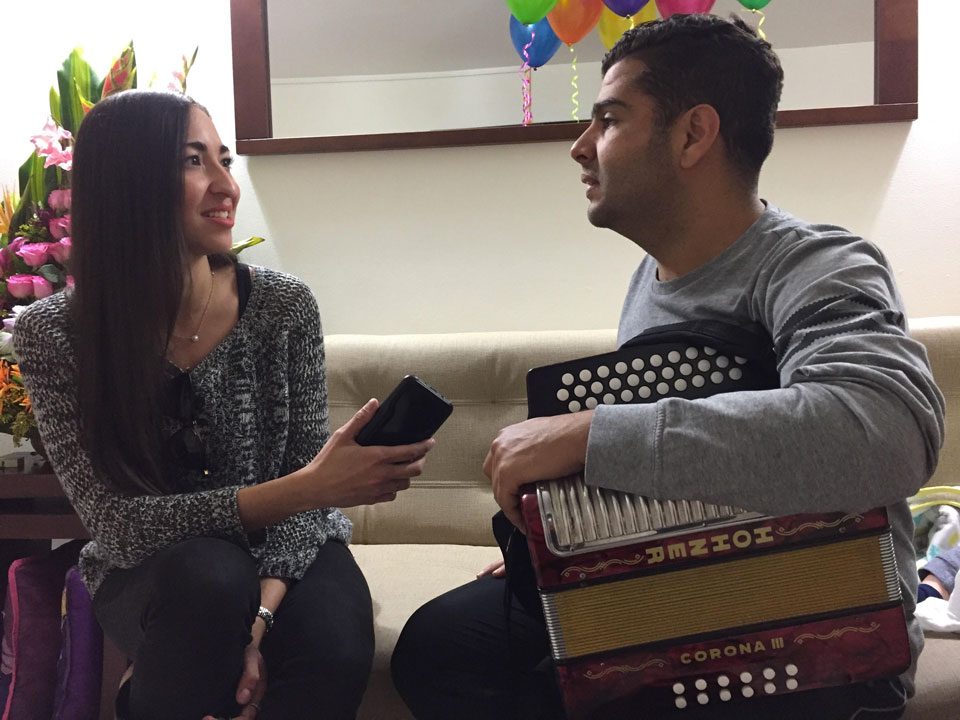
Jaime Dangond Daza speaking about all things vallenato.
I was lucky enough to speak to contemporary 35-year-old musician and vallenato king, Jaime Dangond Daza at his home in Bogotá. He told me he wants to preserve the traditions of yesteryear: spreading the message of vallenato music around the country to generate a sense of belonging and become a reference point for new generations.
While he won’t have to travel dirt roads with just a wide-brimmed hat to shelter him from the sun, the journey ahead of him remains an arduous one.
The 2016 Professional Vallenato King picked up his first accordion on his eleventh birthday – an instrument he still holds as tightly as a painter holds his brush or as a writer his pen. As we speak, he clasps his instrument to his chest, and unconsciously presses the keys as if it were a part of his speech or an extension of his body.
Unlike his modern counterparts, Dangond Daza sings, plays, writes verses and composes, just as they did in the old days. He works fervently for the conservation of vallenato musical traditions and the authentic parranda vallenata. “I had taken on the mission of defending traditions and the vallenato culture long before I became Vallenato King. I always liked the idea of singing and playing at the same time. I think it’s the essence of vallenato. In my presentations I always try to start with the four characteristic rhythms: paseo, merengue, son and puya, and reciting some verses to please the audience,” he says.
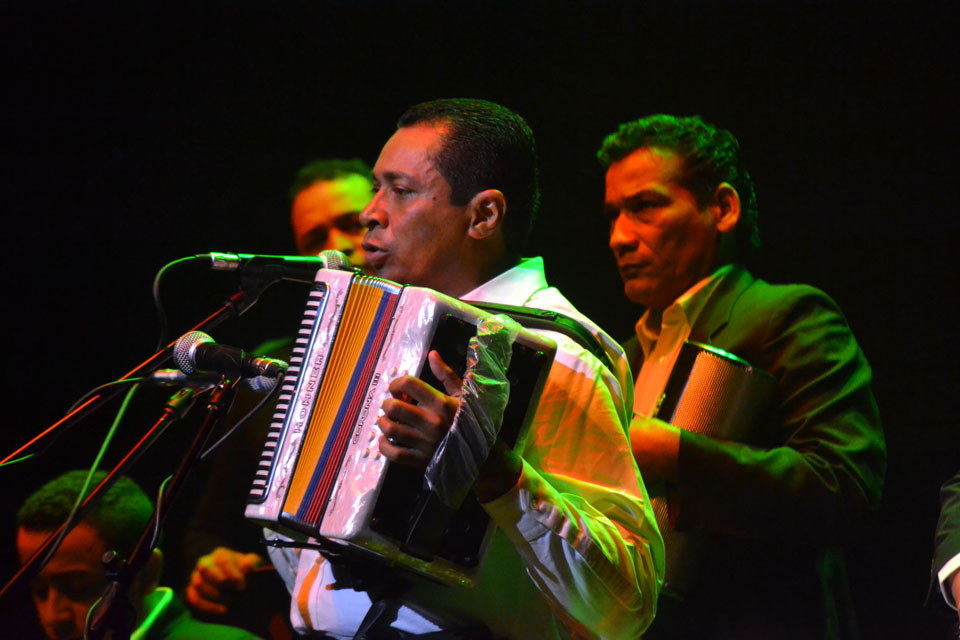
Hugo Carlos Granados (Rey de Reyes 2007).
Dangond Daza grew up in a community that was closely connected to vallenato music and his musical heroes. “The environment left a mark on me because I always wanted to replicate what those people did. All of that got into me.”
He remembers the parrandas – crazy parties – of his childhood as gatherings filled with musicians spurring one another on to share their feelings and tell stories through song. “My mother’s brother was the composer Octavio Daza, so she always had a liking for vallenato music. As he died at an early age, my mother always wanted her kids to follow the path that her brother couldn’t. My parents always took us to the parrandas to appreciate the musicians and to share with them,” he recalls.
At first he was just the boy who told the jokes. Little by little he became the teen accordionist who people approached to ask for songs. He managed to sneak into parrandas with Emiliano Zuleta Baquero, Rafael Escalona, Leandro Díaz and other great composers. He witnessed performances by Diomedes Díaz, Rafael Orozco, Alfredo Gutiérrrez, Los Hermanos Zuleta and Calixto Ochoa.
In spite of this heavy immersion in music, success did not come easy. He laughs as he tells me how alarmed his parents were when he first told them he wanted to compete in a festival because he wasn’t very good. But coming last did not deter him, in fact he saw it as a challenge. “I started to push myself,” he says.
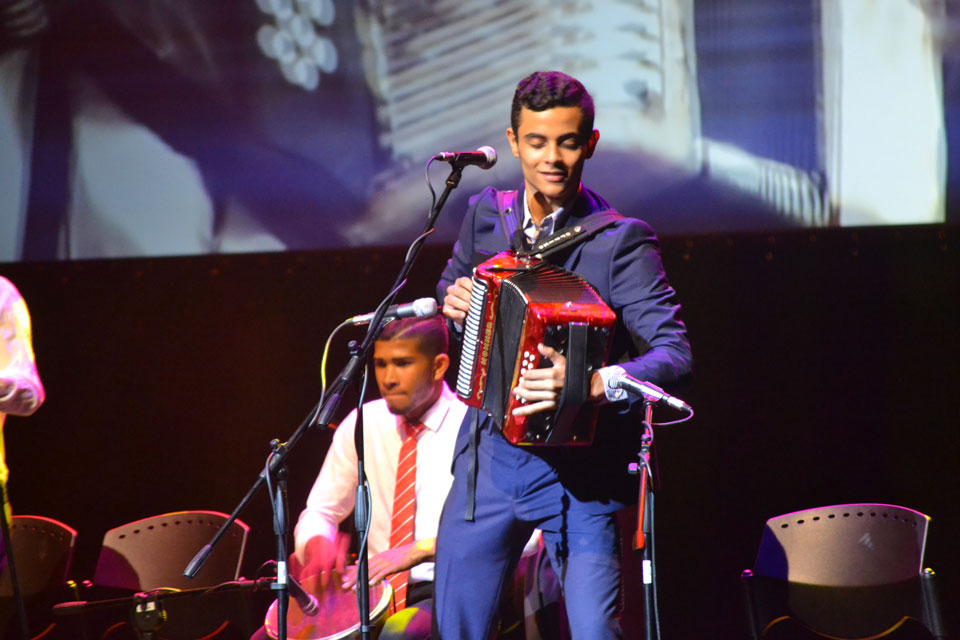
Alberto José Ovalle (Rey Vallenato Juvenil 2016).
And so, just like the character of Emiliano Zuleta Baquero’s song ‘La Gota Fria’, Jaime Dangond began a life of musical battles, with his accordion over his shoulder.
His eight-year race to prove himself as the best and most traditional accordion player began in 2008 when he put himself down to compete in the professional category, skipping the customary amateur competition. The disbelief of some dissipated when they noticed the passion and skill with which the young man played.
He continued to compete each year, only missing the 2013 competition and always finishing among the top ten participants. Every year he listened carefully to the judges feedback and used it to improve. “I was one of the strong competitors, but I just needed to win. I never got sad, gave up or criticised the final decision. I just focused on correcting the weaknesses that the jury and the public said were stopping me from taking the crown. That’s how I won the Vallenato Festival.”
That journey also allowed him to truly understand his own style. Dangond breaks the mold because he is both singer and accordionist (rather than a duo) and it took him some time to realise that he didn’t need to confirm to other people’s norms. “Society told me that I needed to have a singer and I had not realised that I already had a singer. It was myself.”
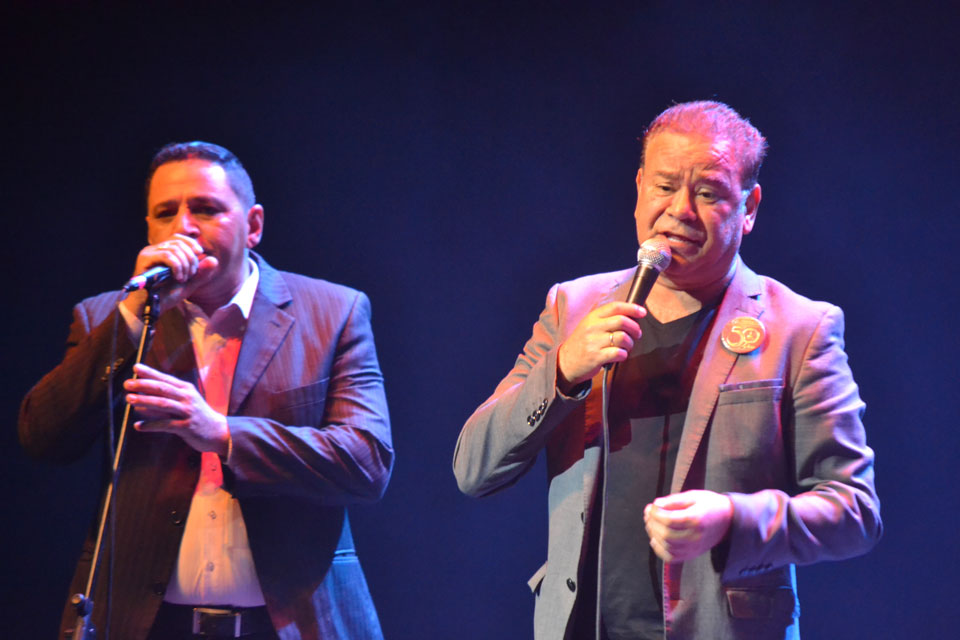
Ivan Villazón, right, Vallenato singer
King of Kings
Three Kings of Kings have been crowned and one of them performed at the launch of the 50th edition of the Vallenato Legend Festival in Bogotá. That night, Hugo Carlos Granados made our souls dance to the rhythm of the accordion and demonstrated why he’s won every festival title he could have. The 1980 Child King, 1986 Amateur King, 1999 Professional King and 2007 King of Kings pulled our heart strings towards the golden anniversary of the biggest celebration of the vallenato genre.
After his victory last year, the Vallenato King now faces a new challenge. He wants to be elected as the King of Kings, an honour that is only awarded once every decade. The competition will take place during this, the fiftieth vallenato festival, and as last year’s winner, Jaime Dangond Daza is the last to qualify.
“The King of Kings is like a dream. The best are in the competition and having the opportunity to be part of that is very meaningful. I will face many of my teachers and several accordion magicians,” he tells me excitedly.
Jaime Dangond Daza is extremely animated when he talks about preserving the traditions of vallenato, but his daily life is a long way from that of the kings of old. From Monday to Friday, the chemical engineer wears a suit and tie and works in the public sector. Every Friday, at about three in the afternoon, he feels the pull of his accordion and he dives into the world of verses and chords.
In this way the performer reflects the diversity of modern-day vallenato. He strikes me as a dedicated person, with a life that is split between two very different worlds, science and music, and probably equally committed to both. If he ever had to choose between the two, he would probably pick the music which he calls the food of his spirit. Perhaps it is the destiny of the troubadour to end up chasing their footprints on cobblestone paths playing a magic and mysterious triad of instruments.
By Milagros Oliveros / Photos: Teatro Mayor

